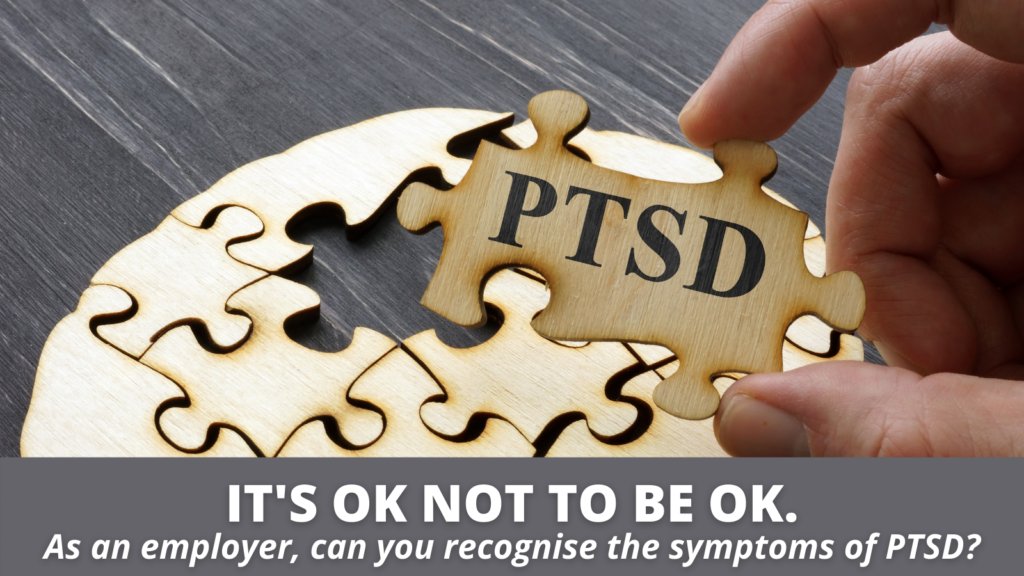Post-Traumatic Stress Disorder (PTSD) is a mental health condition that can occur after someone experiences or witnesses a traumatic event. It’s a complex disorder that affects individuals differently, making it crucial to understand its symptoms to provide appropriate support and seek effective treatment. Recognizing PTSD can be challenging, but awareness of key symptoms can make a significant difference in managing and addressing this condition.
What is PTSD?
PTSD is characterized by a range of symptoms that persist long after the traumatic event has ended. It can affect anyone, regardless of age or background, and is not limited to those directly involved in traumatic incidents. Individuals may develop PTSD after experiencing or witnessing events such as natural disasters, accidents, military combat, assault, or other life-threatening situations.
Key Symptoms of PTSD
Intrusive Memories
One of the hallmark symptoms of PTSD is intrusive memories. These are unwanted and distressing thoughts or flashbacks that bring the traumatic event back to the forefront of the person’s mind. Individuals may relive the trauma as if it were happening again, which can be overwhelming and disorienting. These intrusive memories can occur suddenly and without warning, often triggered by reminders of the traumatic event.
Nightmares and Disturbed Sleep
People with PTSD often experience vivid nightmares related to the traumatic event. These nightmares can be distressing and lead to sleep disturbances, including difficulty falling or staying asleep. The fear and anxiety associated with these nightmares can contribute to chronic fatigue and exacerbate other PTSD symptoms.
Avoidance and Numbness
Avoidance is a common symptom where individuals may steer clear of places, people, or activities that remind them of the trauma. This can lead to social withdrawal and isolation. Emotional numbness is another aspect of avoidance, where individuals may feel detached from their feelings or others, struggling to connect with their emotions and relationships.
Hyperarousal
Hyperarousal symptoms are characterized by heightened alertness and an exaggerated startle response. Individuals may be easily startled, have difficulty relaxing, and experience irritability or angry outbursts. Hypervigilance, a constant sense of being on edge, and trouble concentrating are also common. These symptoms can contribute to difficulties in daily functioning and an increased sense of anxiety.
Mood Swings and Irritability
Mood swings and irritability are prevalent in individuals with PTSD. They may experience sudden mood changes, ranging from anger and frustration to feelings of hopelessness and depression. These mood swings can affect relationships and overall quality of life, as individuals struggle to manage their emotions.
Difficulty Trusting Others
Trauma can profoundly impact an individual’s ability to trust others. People with PTSD may find it challenging to form or maintain relationships, as they may have a pervasive sense of betrayal or fear of being hurt again. This difficulty in trusting others can lead to isolation and further exacerbate feelings of loneliness.
Physical Symptoms
PTSD can also manifest through physical symptoms. Individuals may experience headaches, stomachaches, or other physical ailments that have no clear medical cause. Chronic stress and anxiety related to PTSD can contribute to these physical symptoms, adding another layer to the complexity of the disorder.
Seeking Help
Identifying the symptoms of PTSD is crucial for obtaining the necessary help and support. If you or someone you know is displaying these symptoms, it’s important to consult with a mental health professional for a thorough evaluation and appropriate treatment. PTSD can be effectively managed with various therapies, such as cognitive-behavioral therapy (CBT) and exposure therapy.
Additionally, in Salt Lake City, ketamine treatment has emerged as a promising option for those struggling with severe PTSD symptoms. This innovative approach offers new hope for managing and alleviating the effects of PTSD, complementing traditional therapeutic methods.
Supporting Someone with PTSD
If you’re supporting someone with PTSD, it’s important to approach them with understanding and patience. Avoid pushing them to talk about their trauma if they’re not ready, and instead, offer a listening ear and validate their feelings. Encourage them to seek professional help and be supportive of their treatment journey.
In Conclusion
PTSD is a serious condition that can significantly impact an individual’s quality of life. Recognizing the key symptoms—such as intrusive memories, nightmares, avoidance, hyperarousal, mood swings, difficulty trusting others, and physical symptoms—is crucial in providing appropriate support and seeking treatment.
If you or someone you know is struggling with PTSD, don’t hesitate to reach out to a mental health professional. With the right support and treatment, individuals with PTSD can work towards healing and reclaiming their lives.



